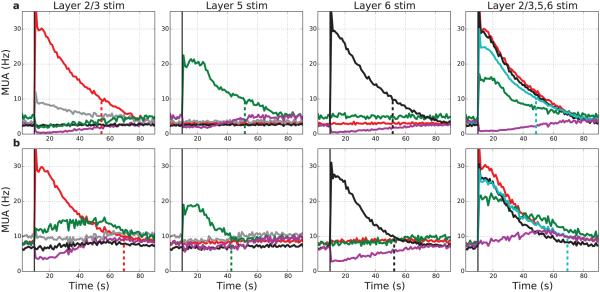Figure 7. Targeted stimulation of individual layers produces localized persistent activity.
Activation duration of L5 cell with L5 input ~30-40 s, considerably less than the ~60 s activation duration seen in isolated L5 cell. (Layer simulation locations indicated at top of each column. Layer activity by color: E2 – red; E5 – green; E6 – black; inhibitory LTS cells in L5 – gray; within-layer non-stimulated cells – purple; stimulated cells all layers – light-blue in right column.) (a): Baseline network shows no interlaminar excitatory spread for any single layer stimulation. Layer 2/3 stimulation produces spread to L5 inhibitory cells producing reduction in firing in L5. (b): Augmented excitatory connectivity within the network (no change in strength of stimulation or background drive) produces increased durations (except paradoxical decrease with L5 stimulation) and spread of excitation from L2/3 to L5. With all-layer stimulation (right column) some spread of excitation to non-stimulated cells is also seen (purple line). (MUAs with 1000 ms bins; 75 neurons stimulated in each layer. Vertical dotted lines at times where rates drop < 10 Hz.)

